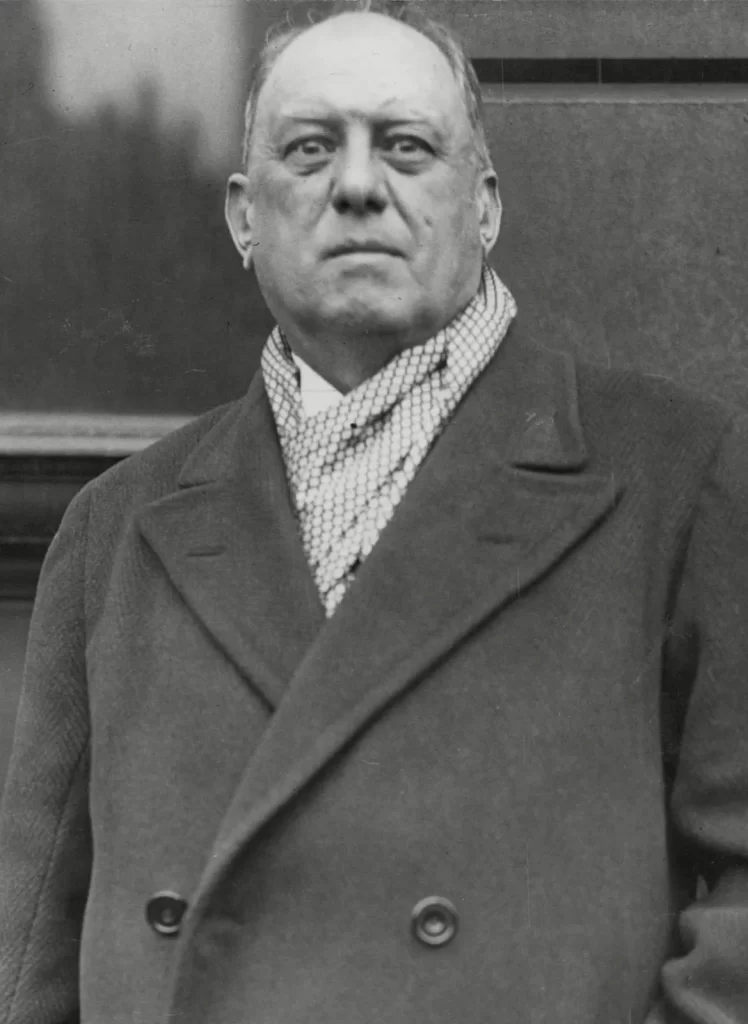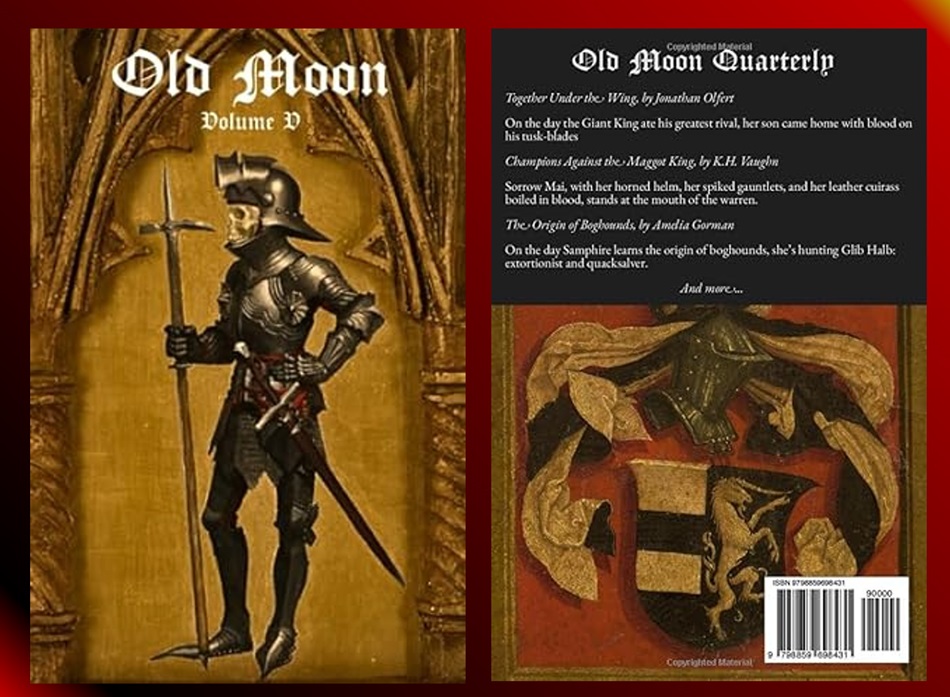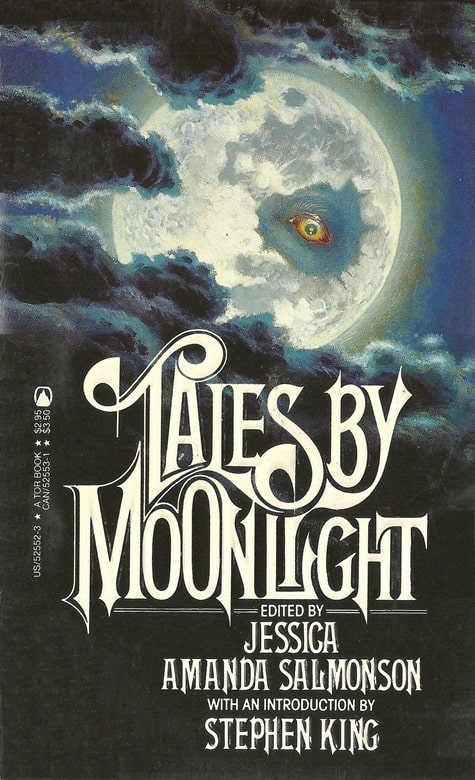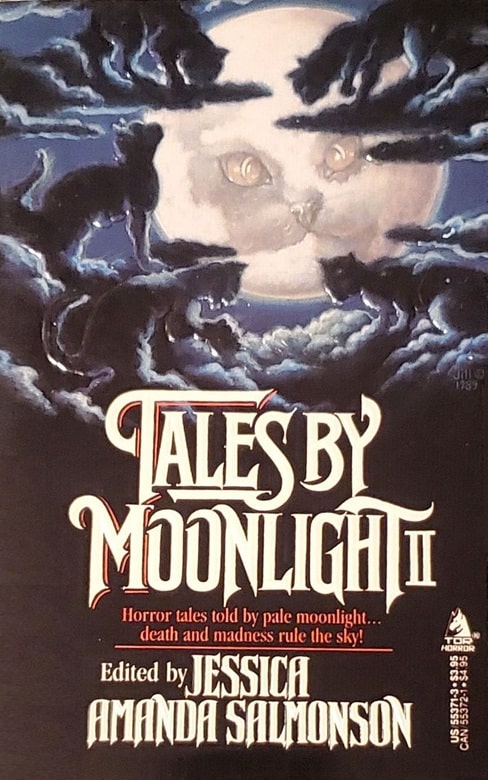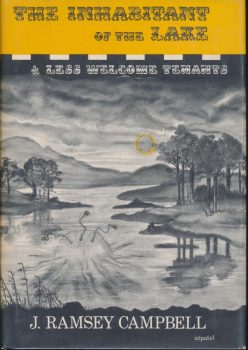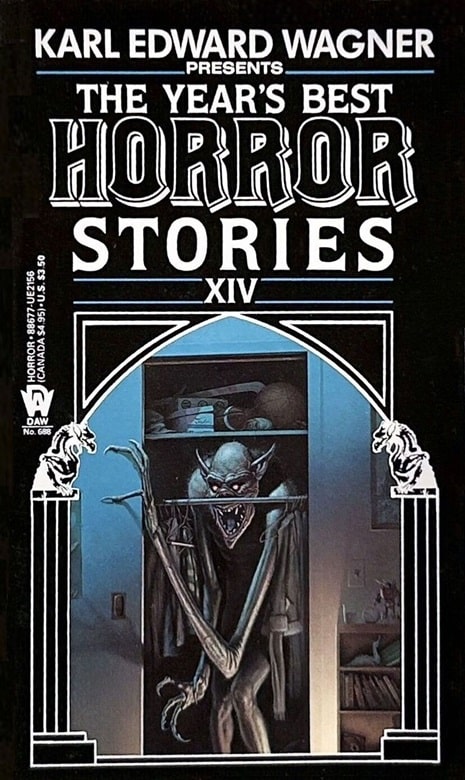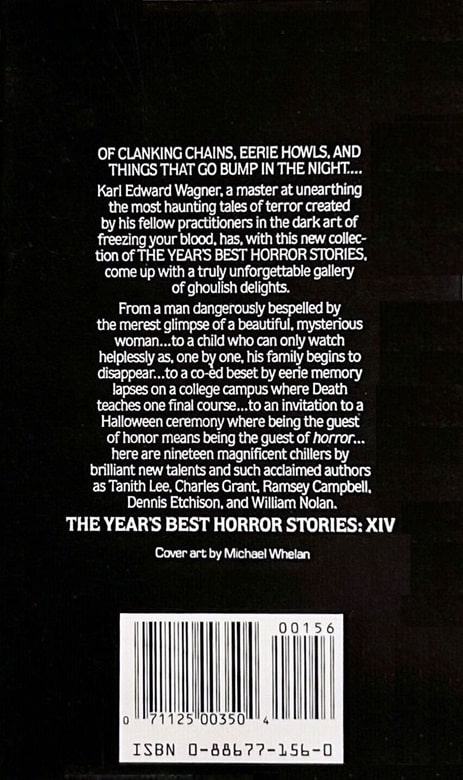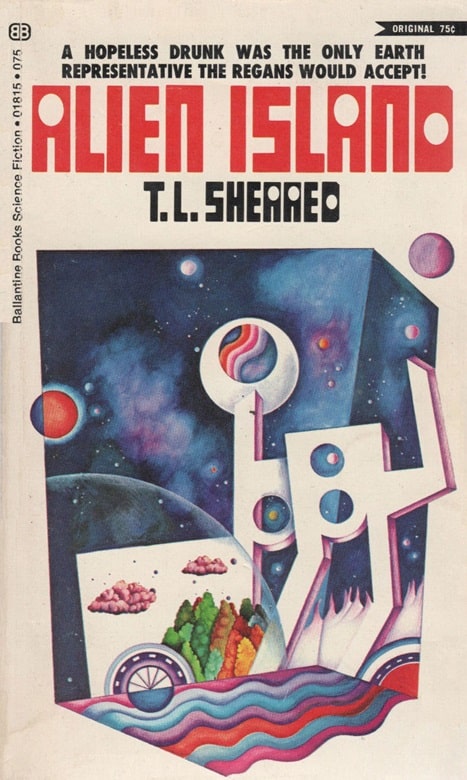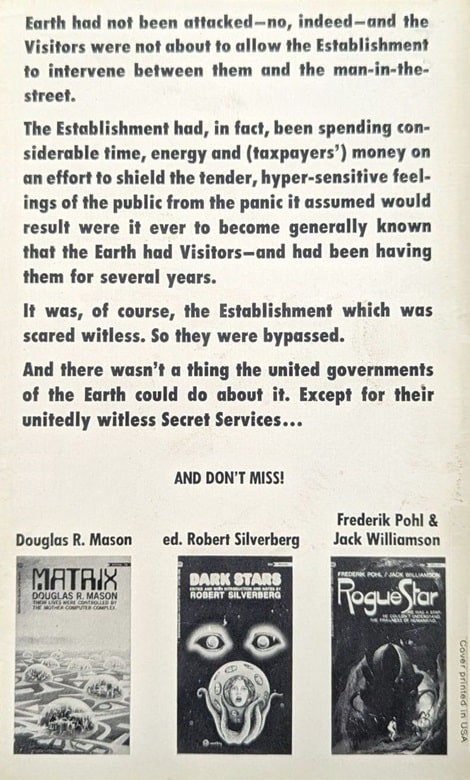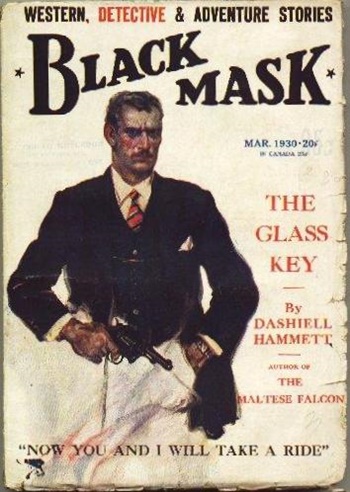The Sorcerer and the Novelist: W. Somerset Maugham’s The Magician
Aleister Crowley
Aleister Crowley, poet, mountaineer, religious mystic and self-proclaimed prophet, member of the Hermetic Order of the Golden Dawn, drug addict, braggart, sexual adventurer, the self-named “Beast 666” and, according to the popular press, “The Wickedest Man in the World,” was one of the most notorious and controversial figures of his era and remains so even today, three quarters of a century after his death.
W. Somerset Maugham, physician, world-traveler, wildly successful playwright (at one time he had four plays appearing in London’s West End theaters simultaneously) and sometime British secret agent, prolific short story writer and novelist, author of such acclaimed works as Of Human Bondage, The Moon and Sixpence, and The Razor’s Edge, was one of the major literary figures of the twentieth century.
These two very different men may seem an unlikely pair, but Maugham met Crowley in Paris in 1905 and (like virtually everyone who encountered the man) was strongly impressed by him. In Maugham’s case the impression was a highly negative one, though he did concede that the occultist had some unique qualities, so much so that he made a thinly-disguised Crowley the central figure in his 1907 novel, The Magician.
